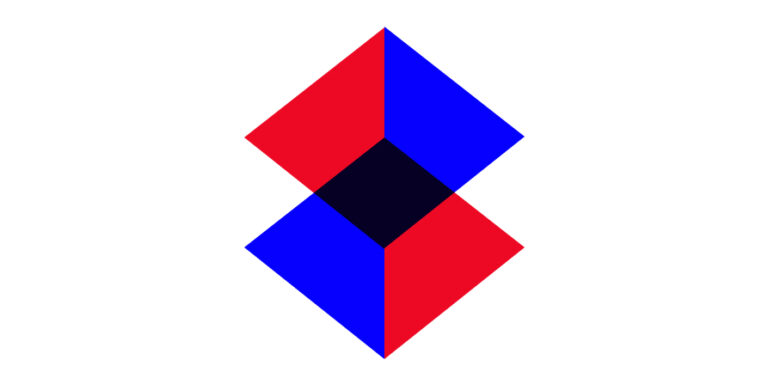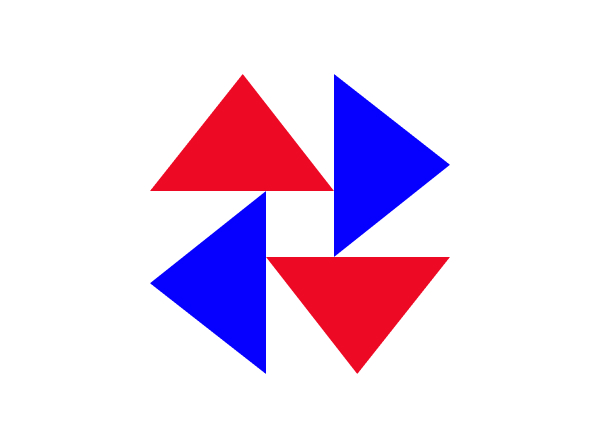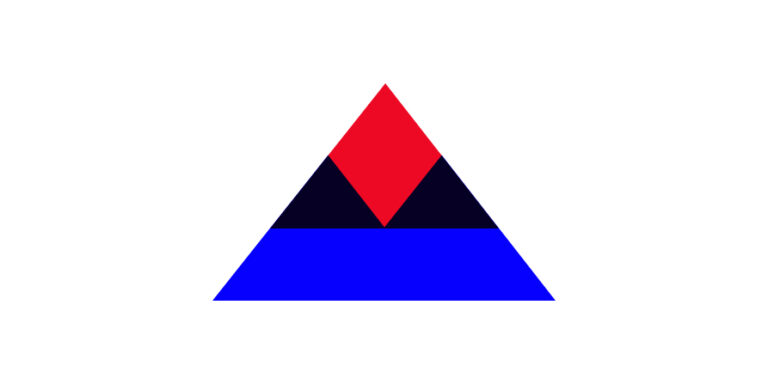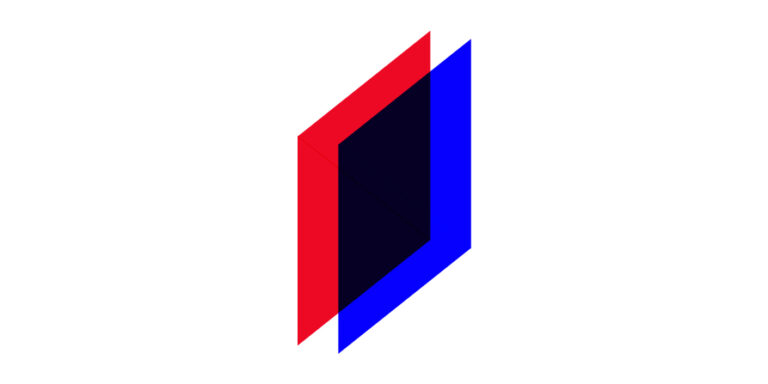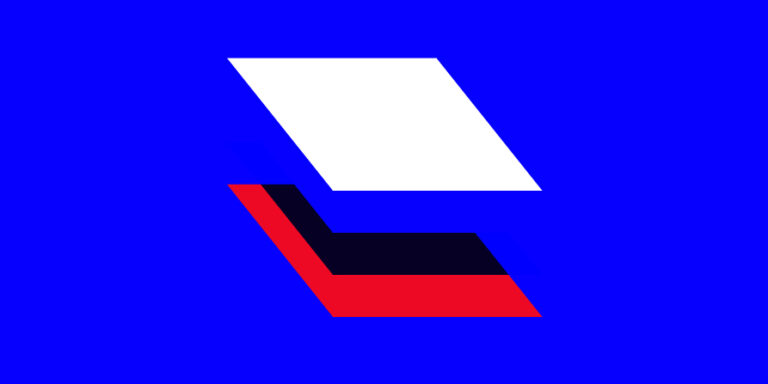Understanding of design
The definition and understanding of design have expanded continuously over recent decades. Based on the notion of the successful correlation between form and function, design today extends far beyond the aesthetic exterior of products and services.
We at bayern design define design much more broadly: We believe design comprises the development of actions and usages as well as the building of systems, products, identities, and cultural patterns. Communicating and conveying major transformation-related topics is another facet of design as we understand it.
To design means to rethink what is there
Mindset
Design as a mindset
Design as a mindset
Designers shape society. In doing so, they excel with a very unique approach: comprehensive and user-focused thinking, tangible and visionary workstyles, and an open and solution-oriented spirit.
Designers’ work is visionary
Designers work and think not only theoretically in words, but also practically in shapes, atmospheres, spaces, and emotions. They tie artistic freedoms in with functional, needs-based actions. In this way, they help make ideas, concepts, and technical innovations become understandable and tangible.
Designers’ work is solution-oriented.
Designers use solution-oriented approaches to respond to the crises and challenges of our time. They devise tangible, functional, and viable processes and artefacts. An applied discipline, design always is in search of improvement and transformation.
Designers’ work is agile and open
Designers have the potential to discover and explore new paths and solutions in uncharted territories through their creative processes. Designers work and think in an agile and flexible manner and are open minded with regard to the outcome. With this stance, they adapt to new situations and contexts and in doing so act both in a conserving and a disrupting manner.
Designers’ work is holistic
Through their expansive way of thinking, designers support new connections among areas of expertise, industries, and stakeholders. Cooperative and interdisciplinary workstyles foster alliances among topics and players. When working, designers play off a variety of economic, social, cultural, and ecological factors and contexts in their minds.
Designers’ work is human-minded
Designers contribute a novel way of thinking that keeps an eye on people’s social, cultural, and economic needs. Through research and observation, designers evaluate the shifting of individuals’ priorities and needs. Designers have an inclusive and empathic spirit. They design communication, interaction, and participation and thus, ideally, create user-centered design and even society-oriented design.
Design as an elementary component of companies’ strategies and business organization
The Danish Design Ladder and its extension (design as a system) illustrate that design reaches far beyond the aesthetic exterior of products and services. In this context, the positive correlation between companies’ design and innovation activities is particularly relevant.
bayern design intends to communicate, in a targeted manner, the diverse levels at which design and design methods are used to help establish an extended understanding of design in all parts of administration, the economy, and society.
The design sector must emphasize and communicate its economic relevance to a larger extent by using assessment approaches in a professional manner with the objective of substantiating the contribution of design services to the value chain. In particular, we recommend that in addition to craft-related services, consulting and planning services must be moved to the forefront and their relevant value conveyed in a differentiated manner.
Companies and institutions using design-relevant services (delivered by external service providers or internal employees) must be aware of the economic relevance of these services and must analyze their contribution to the value chain. In particular, the differentiated use of various services including consulting, planning, and design must be integrated into the development process, and thus into the value chain, in a sensible manner from the start and must be compensated accordingly.
In addition to craft-related fundamentals, universities offering design-related programs need to include complementary scientific content and content promoting leadership/management skills. This applies to design and to business university programs alike.
Institutions that sponsor design should not focus only on the design sector; they also should monitor and analyze the labor market relevant to design as a whole. The collection of reliable empirical data in this field also relies heavily on the incorporation of the steadily growing disciplines of service design (design of services) and socio design (consulting, planning, leadership, and management) into business classifications.
Potential
What good design is able to achieve
Design connects people and ensures orientation and identity.
Design is empathic; it can improve and even save lives. Design thinks outside the box; it tries to deal with the unexpected and develop new solutions.
Design facilitates differentiation through autonomy and uniqueness.
Design builds understanding and helps make innovations and technical developments emotionally conceivable and experienceable.
Design connects mindsets and courses of action. Design never stands alone because it forges relationships between disciplines and topics.



